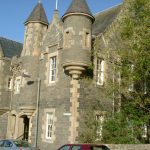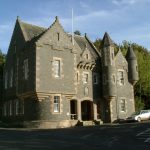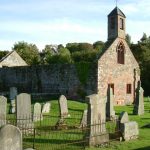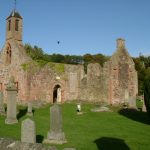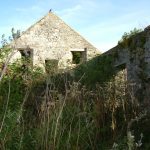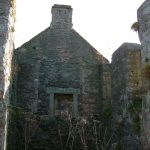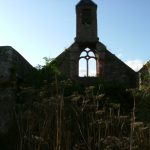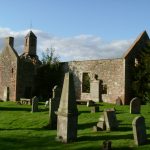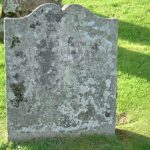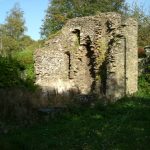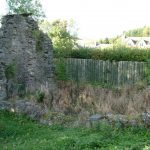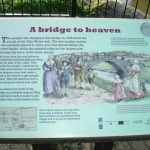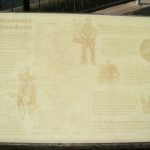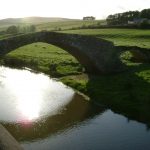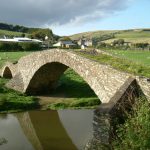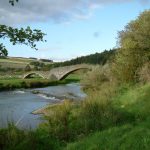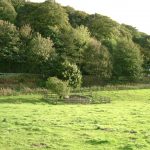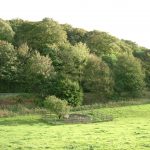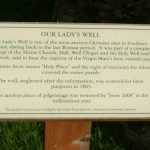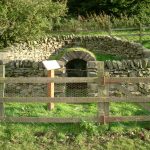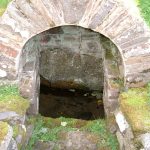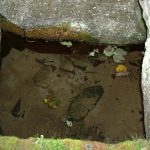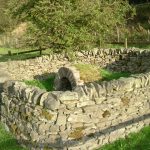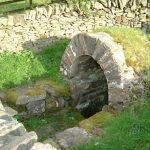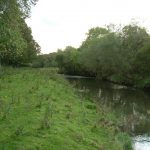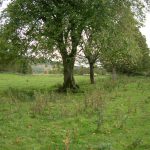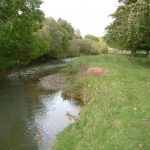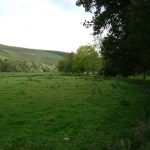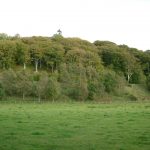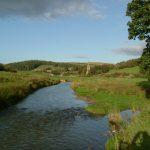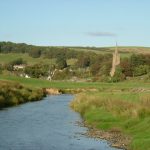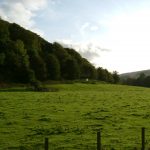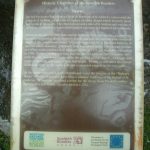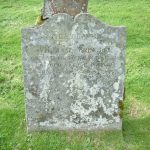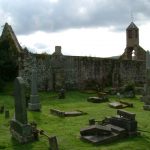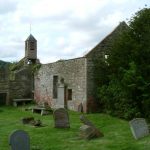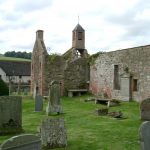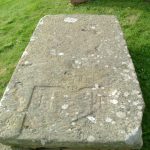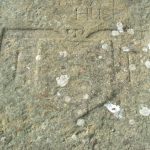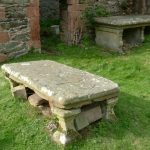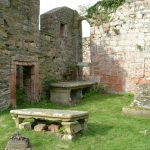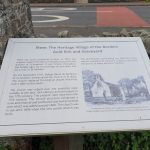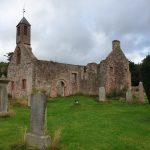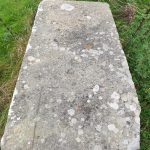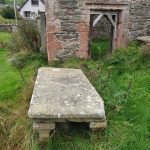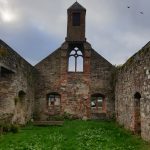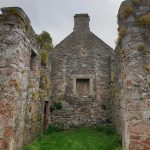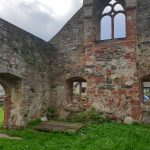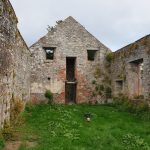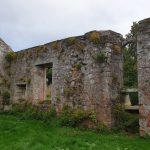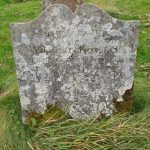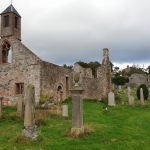Stow of Wedale
Stow of Wedale
The village of Stow has a long and notable history, which is closely linked to the traditions of the church, going back to mediaeval times. In old English, the word “Stow” means a holy or consecrated place. When the Scots conquered Lothian in 1018, the Ancient church of St Mary of Wedale passed into the diocese of St Andrews (and hence into Midlothian). Throughout the Middle Ages, it was famous for being one of only three sanctuaries in Scotland where persons could find refuge in times of trial.
Stow was known then as “Stow in Wedale”, and the name of Wedale described what is known today as the Gala Water. Various explanations have been given for the background to the name “Wedale” including “Valley of Woe” and the dale of the holy house to an abbreviation for the Celtic Goidel race, but it is now known that Wedale derives from ‘Wiche’ meaning shrine and ‘Dahl’ meaning valley. So Stow in Wedale means ‘holy place in the valley of the shrine’.
The first written mention of Wedale comes in the Historia Britonum” written by the Welsh monk Nemius in AD826. According to Nemius, King Arthur had, in gratitude to Our Lady for a vision in which she assured him of victory over the invading Angles, caused an image of Our Lady to be brought from Cappadocia and placed in “Our Lady’s House at Wedale”.
In 1242, a new church, also dedicated to St Mary, was built at the edge of the village and beside the Bishop of St Andrews’ palace. This was both a place of sanctuary and pilgrimage. The extension of the Bishop of St Andrews’ lands to include Stow was probably the reason why the land from the watershed at Fala to Bowland was formerly part of the county of Midlothian; as this was border country with its back to the Lothians, such an arrangement could be seen as an anomaly, which was changed in 1972, when the lands became part of Selkirkshire.
In the 15th century, a new church was built to the west of the Bishop’s Palace using red ashlar. This was rebuilt in the 17th century, and boasted an outside stair giving access by a doorway dated 1660 to galleries on the north, east and west sides.
The date of 1771 can still be seen on the windows of the remains of this building, which served as church until 1876, but has been disused since that time.
In 1627 John Hoppringle of that Ilk and Torsonce, takes part in assessing the parish for 300 merks to repair the church of Stow, and in 1631 is authorised “to build an aisle at the back of his own seat in the kirk ” – From ‘Records of the Pringles’ page 20.
View the report on the archaeological investigation on the ‘Archaeology Data Service’ website: An excavation at the Bishop’s House, Stow, Scottish Borders.
Ordnance Gazetteer of Scotland: Stow
Book: The Stow of Wedale (Gala Water), by Rev. Thomas Wilson. Pub. 1924.

